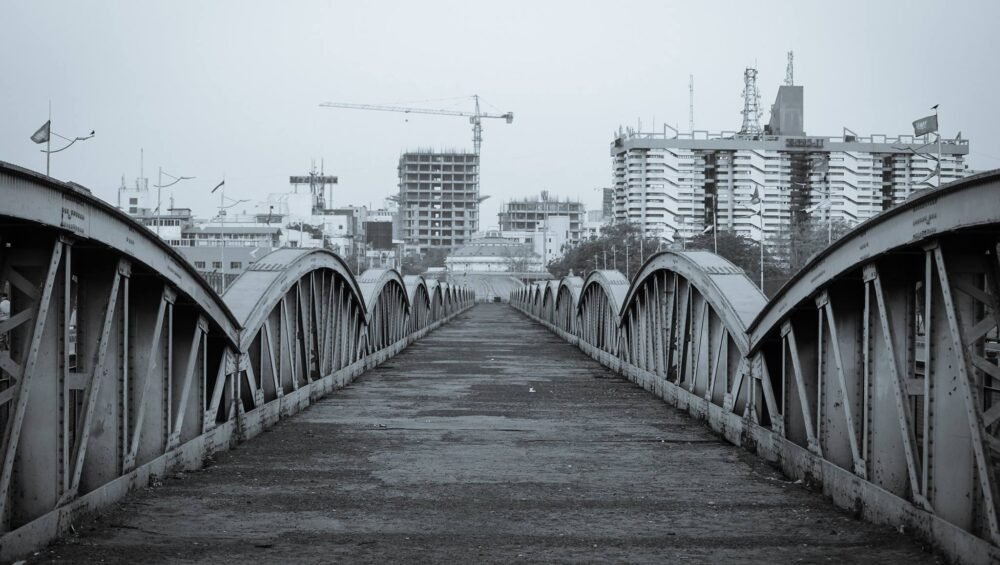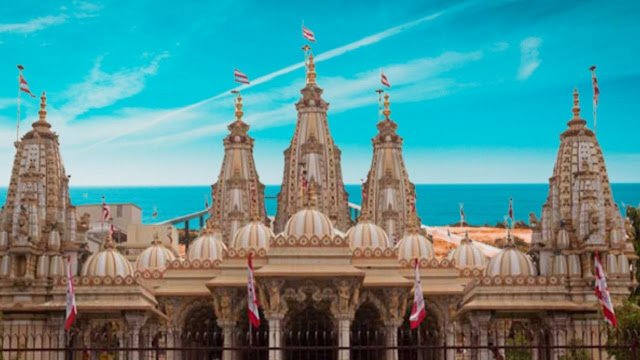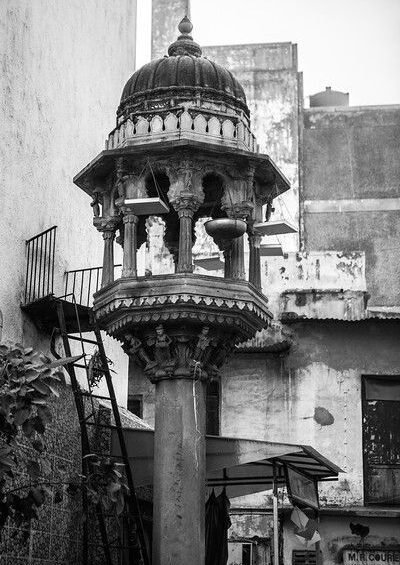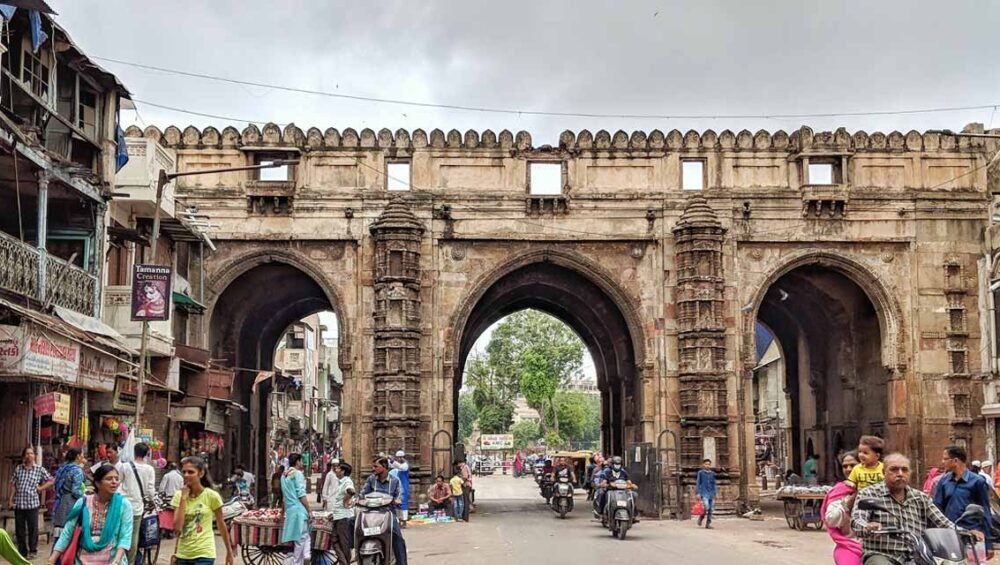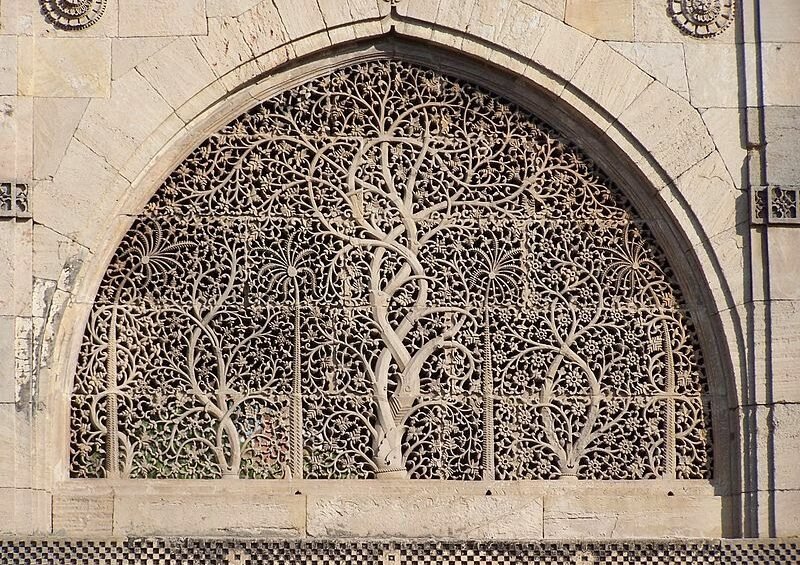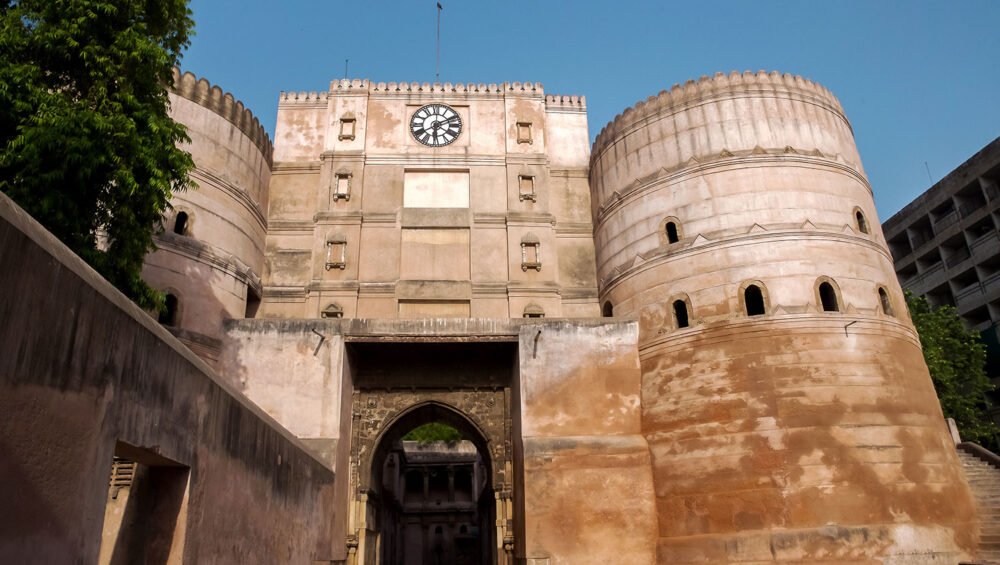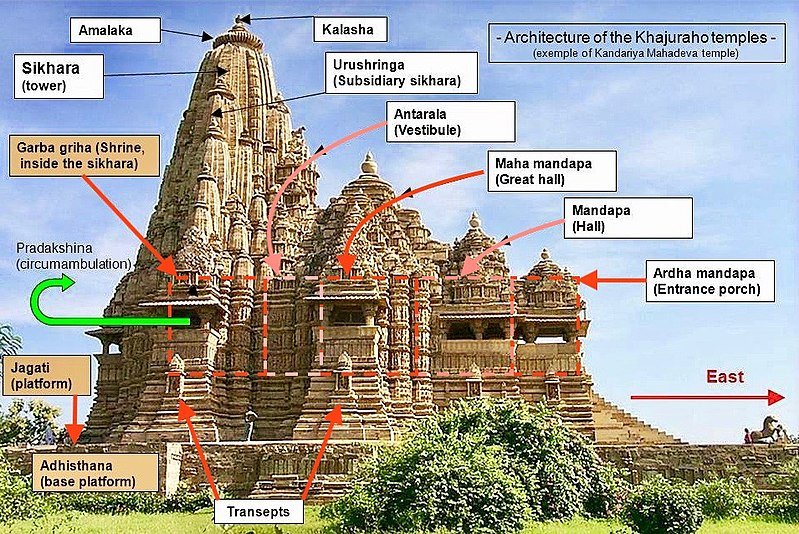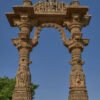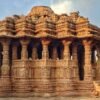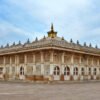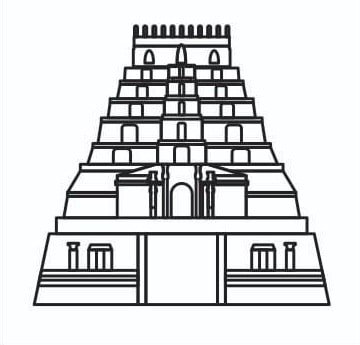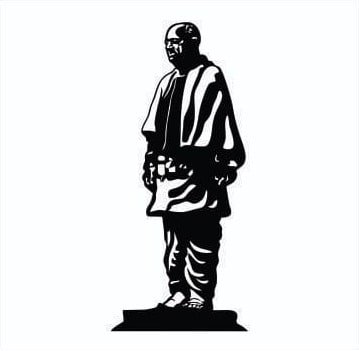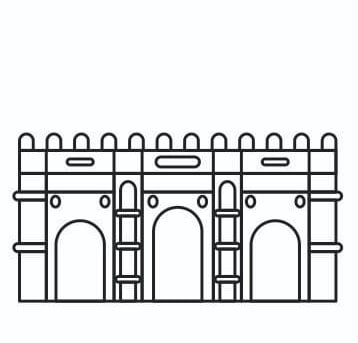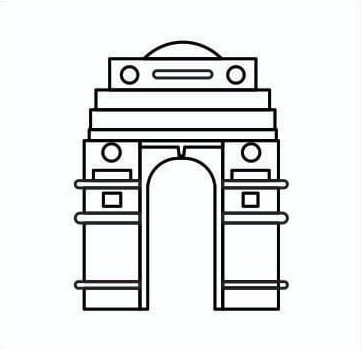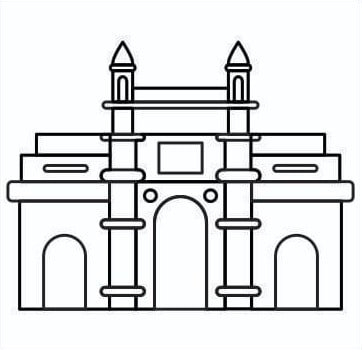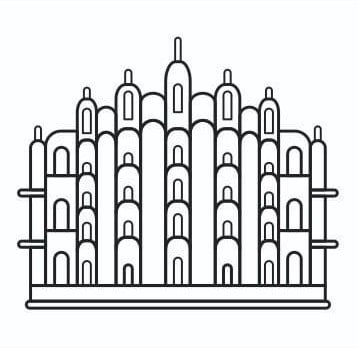Monument – Ellisbridge, Ahmedabad
Built by – Himmatlal Dhirajram Bhachech (current bridge)
Built in – 1892
Ellisbridge is located along the banks of the Sabarmati River in Ahmedabad. Named after Sir Barrow Helbert Ellis, this century-old bowstring arch truss bridge is the oldest bridge in Ahmedabad. Constructed in 1892, the Ellisbridge is synonymous with the birth of modern Ahmedabad.
The first area to be developed outside the walled city, before the construction of Ellisbridge, the walled city of Ahmedabad was separated from the rest of the urban fabric. The Ellisbridge linked the east and west banks of Sabarmati and thus played a crucial role in integrating the urban fabric and the cultural flow.
An iconic historical landmark, Ellisbridge witnessed Gandhiji’s declaration of the revolutionary Dandi March. This 130-year-old bridge has become a landmark and a symbol of Ahmedabad. It was featured in several films, such as Kai Po Che! (2013) and Kevi Rite Jaish (2012).
Photo Credit – www.facebook.com/alcohol.of.amdavad
